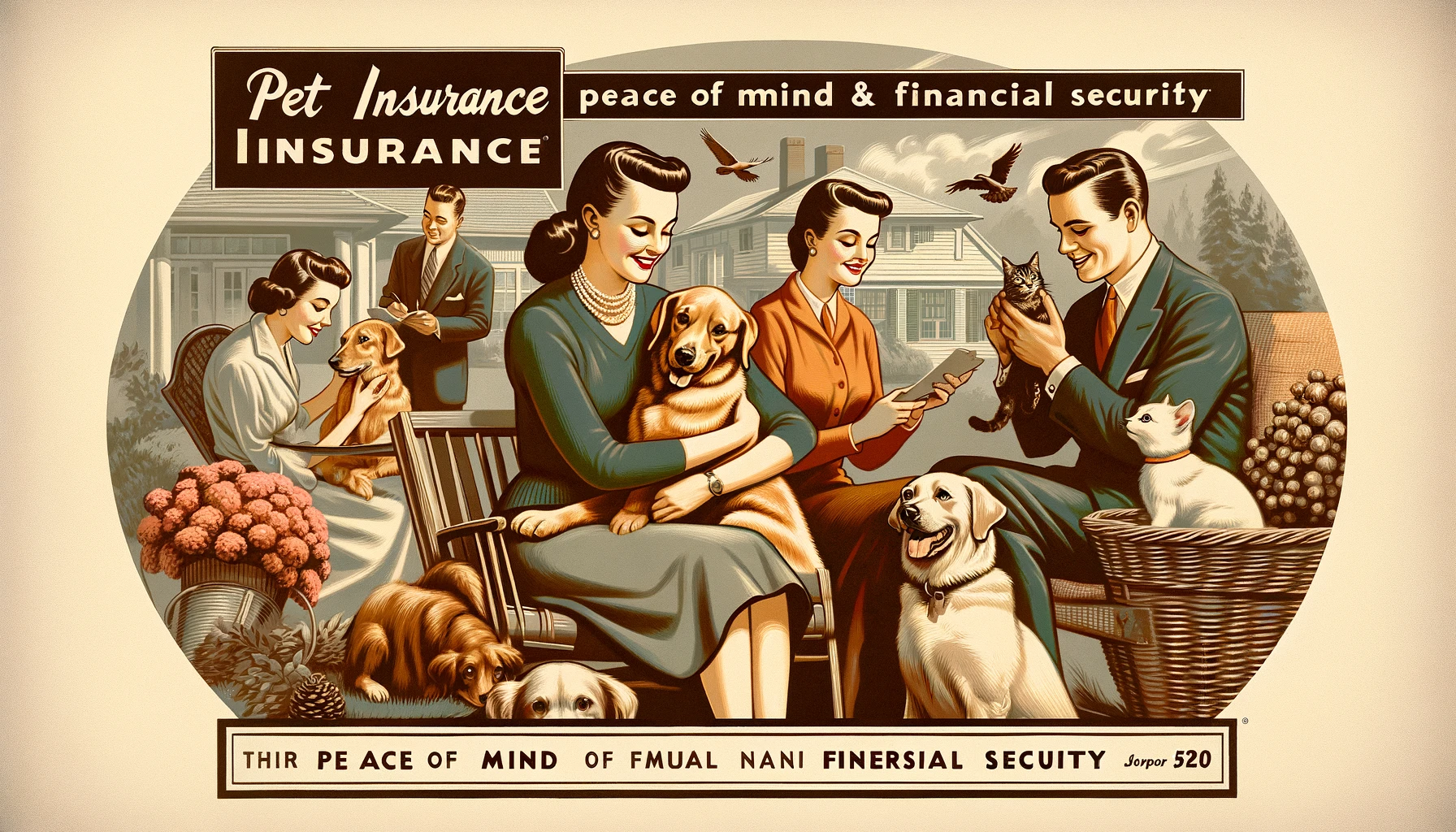Pet insurance has emerged as a critical tool for pet owners, aiming to mitigate the financial stress associated with their furry companions’ health care needs. As the pet insurance market flourishes, it’s essential for policyholders to navigate the complex landscape of terms and conditions that come with these policies. Understanding the key terminologies can greatly influence decision-making processes, ensuring pet owners are well-informed and prepared for any health-related eventualities. This article aims to demystify the pet insurance jargon, providing pet owners with a comprehensive guide to 12 essential terms every pet insurance policyholder should know. Armed with this knowledge, you can make more informed choices about your pet’s health care, ensuring they receive the best possible treatment without breaking the bank.
1. Premium
The premium is the amount you pay to the insurance company to keep your pet’s insurance policy active. Typically charged monthly, quarterly, or annually, this fee is determined by various factors, including your pet’s age, breed, and the coverage level you’ve chosen. Understanding how premiums are calculated can help you budget for pet healthcare costs effectively and choose a policy that offers the best value for your specific needs.
2. Deductible
A deductible is the amount you’re responsible for paying out-of-pocket before your pet insurance policy begins to pay for covered expenses. Deductibles can be per-incident or annual, significantly affecting how much you’ll pay in the event of a claim. Choosing a higher deductible can lower your premium, but it’s crucial to select an amount you can comfortably afford in case of unexpected veterinary bills.
3. Coverage Limit
Coverage limits determine the maximum amount an insurance company will pay for covered services during a policy term. These limits can be per-incident, annual, or lifetime. Understanding your policy’s coverage limits is essential to avoid unexpected out-of-pocket expenses, especially for significant medical treatments or procedures that can quickly accumulate costs.
4. Exclusions
Exclusions are conditions or treatments not covered by your pet insurance policy. Common exclusions include pre-existing conditions, routine check-ups, and preventive care. Knowing what your policy does not cover is as crucial as knowing what it covers, helping you avoid surprises when filing a claim and ensuring you’re prepared for any out-of-pocket expenses.
5. Waiting Period
The waiting period is the time between when you sign up for a policy and when coverage actually begins. Most policies have a general waiting period for illness and a separate, often longer, waiting period for specific conditions or treatments. Understanding the waiting periods in your policy is vital to ensure that you’re not caught off guard when you need to use your coverage.
6. Co-Payment
Co-payment, or co-pay, is the percentage of the covered veterinary costs you’re required to pay after your deductible has been met. Typically expressed as a percentage, co-payments can vary depending on the service or treatment received. Knowing your co-payment rates can help you understand your financial responsibility for each visit or treatment, allowing for better financial planning.
7. Pre-Existing Condition
A pre-existing condition is any medical condition that your pet had before the start of your insurance policy, including those not formally diagnosed. Insurance policies generally do not cover pre-existing conditions, making it crucial to secure insurance while your pet is healthy or to thoroughly understand how potential pre-existing conditions might affect your coverage.
8. Benefit Schedule
A benefit schedule is a detailed list that outlines the maximum amount the insurance company will reimburse for specific treatments or diagnoses. Familiarizing yourself with the benefit schedule can help you understand the potential out-of-pocket costs for various treatments, allowing for more informed healthcare decisions for your pet.
9. Wellness Coverage
Wellness coverage refers to insurance plans or riders that cover routine care, such as vaccinations, flea prevention, and annual check-ups. While not always included in standard pet insurance policies, wellness coverage can be a valuable addition, helping pet owners manage the costs of maintaining their pet’s health and preventing diseases.
10. Claim
A claim is a request for payment from your insurance company for veterinary services covered under your policy. Understanding the claim process, including how to submit a claim and the documentation required, can streamline the reimbursement process and ensure you receive the financial support your policy promises.
11. Policy Term
The policy term is the duration your pet insurance coverage is in effect, typically one year from the start date. Knowing when your policy term begins and ends, and the process for renewal, is crucial to ensure continuous coverage for your pet without any lapses.
12. Renewal
Renewal refers to the process of continuing your pet insurance policy beyond the initial term. Policies typically renew automatically, but premiums and terms may change. Understanding the renewal process, including any changes to your policy, is essential to ensure that your pet’s coverage remains aligned with your needs and budget.
Pet insurance serves as an invaluable safeguard for pet owners, providing peace of mind and financial protection in the face of their pets’ health challenges. This guide has navigated through the essential terminologies of pet insurance, from understanding premiums and deductibles to recognizing the intricacies of coverage limits, exclusions, and the significance of waiting periods. By comprehending these key terms, pet owners are better equipped to select a policy that not only fits their financial situation but also ensures comprehensive care for their beloved pets. The knowledge of what to anticipate in terms of co-payments, dealing with pre-existing conditions, and the importance of wellness coverage empowers owners to make proactive decisions. Additionally, being familiar with the claim process, policy terms, and renewal procedures ensures that pet insurance remains a reliable resource throughout your pet’s life. Ultimately, informed decisions in pet insurance can lead to substantial savings and ensure that pets receive the necessary treatment without compromising on quality, ensuring a healthier, happier life for our furry family members.



